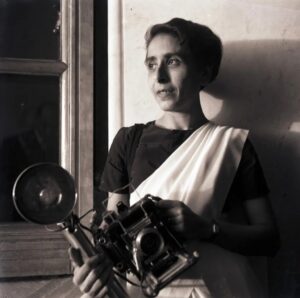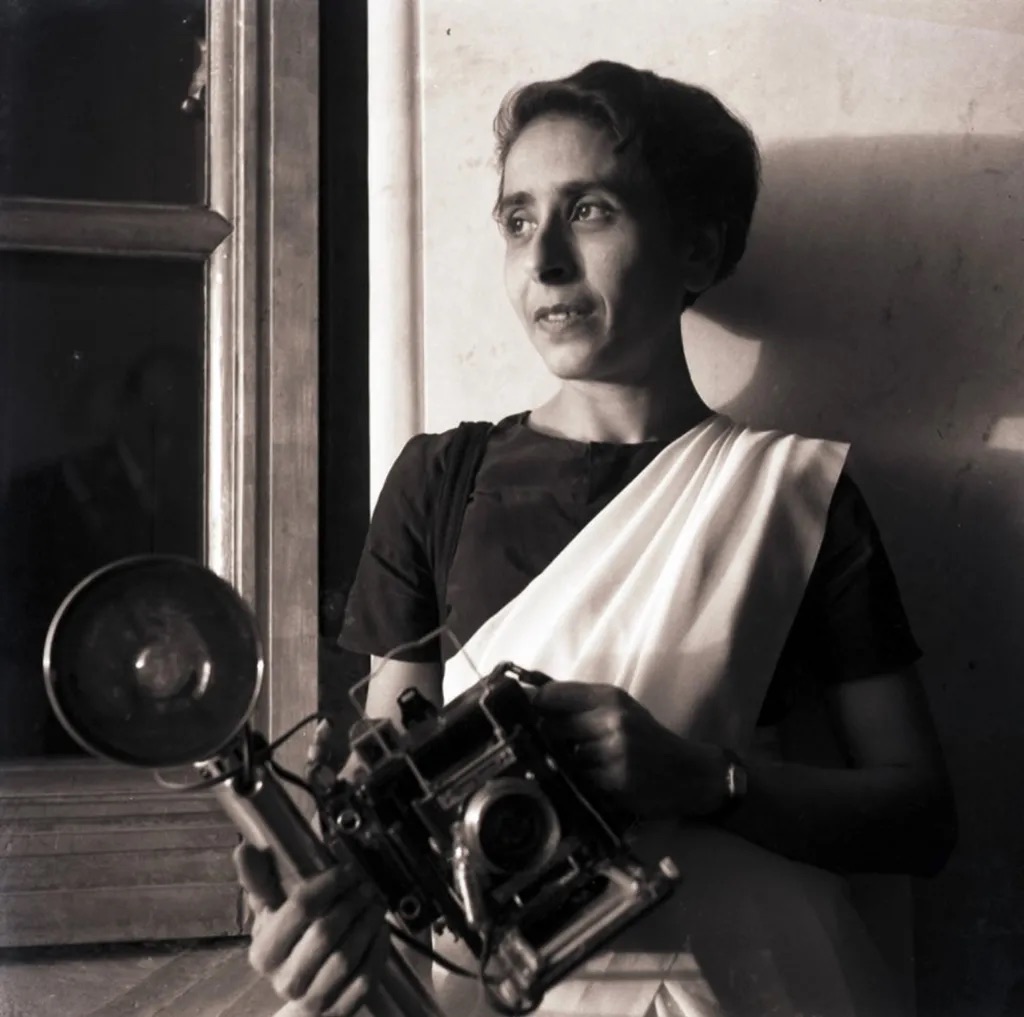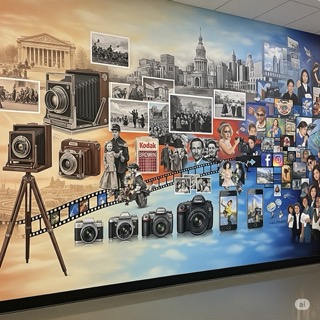Match List – I (films) with List – II (directors)
| List I (Films) | List II (Directors) |
| (a) Sooraj Ka Satwaan Ghoda | (i) M.S. Satyu |
| (b) Drifters | (ii) Andrei Tarkovsky |
| (c) Solaris | (iii) Shyam Benegal |
| (d) Garam Hawa | (iv) John Grierson |
| Codes: | (a) | (b) | (c) | (d) |
| (A) | (i) | (ii) | (iii) | (iv) |
| (B) | (iii) | (iv) | (ii) | (i) |
| (C) | (iv) | (iii) | (i) | (ii) |
| (D) | (ii) | (i) | (iv) | (iii) |
Correct Ans: (B)
Explanation:
First, Shyam Benegal directed Sooraj Ka Satwaan Ghoda. He skillfully captures the complexities of human relationships and social issues. Benegal’s direction brings depth to the narrative, earning this film a place among the most significant works in Indian cinema.
Next, John Grierson directed Drifters. He is regarded as the father of British documentary filmmaking. Through this film, Grierson highlights the lives of Scottish fishermen, creating a realistic and non-fictional narrative that also serves as a form of social commentary.
Furthermore, Andrei Tarkovsky directed Solaris. This Soviet science fiction masterpiece explores human nature and the unknown with philosophical depth. Tarkovsky’s meditative and visually captivating direction invites viewers to reflect on the complex psyche of the characters, making it a profound cinematic experience.
Lastly, M.S. Satyu directed Garam Hawa. He focused on the emotional impact of India’s partition, particularly on Muslim families. Through Satyu’s sensitive approach, the film powerfully illustrates the societal changes and turmoil caused by the partition, giving voice to those affected by historical events.
In conclusion, each director brought a unique perspective to their respective films. Benegal’s storytelling, Grierson’s documentary style, Tarkovsky’s philosophical depth, and Satyu’s portrayal of partition all showcase their individual contributions to the art of cinema.




















